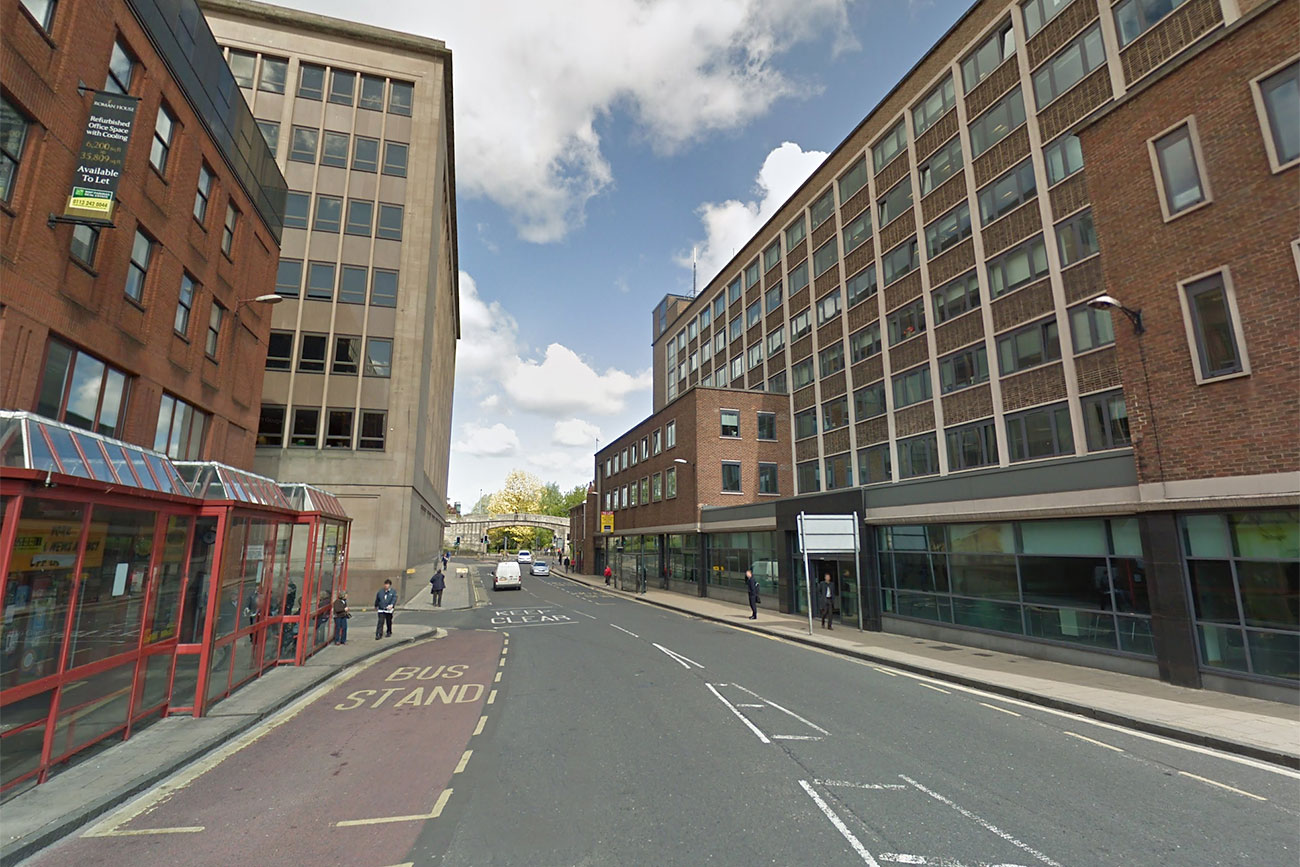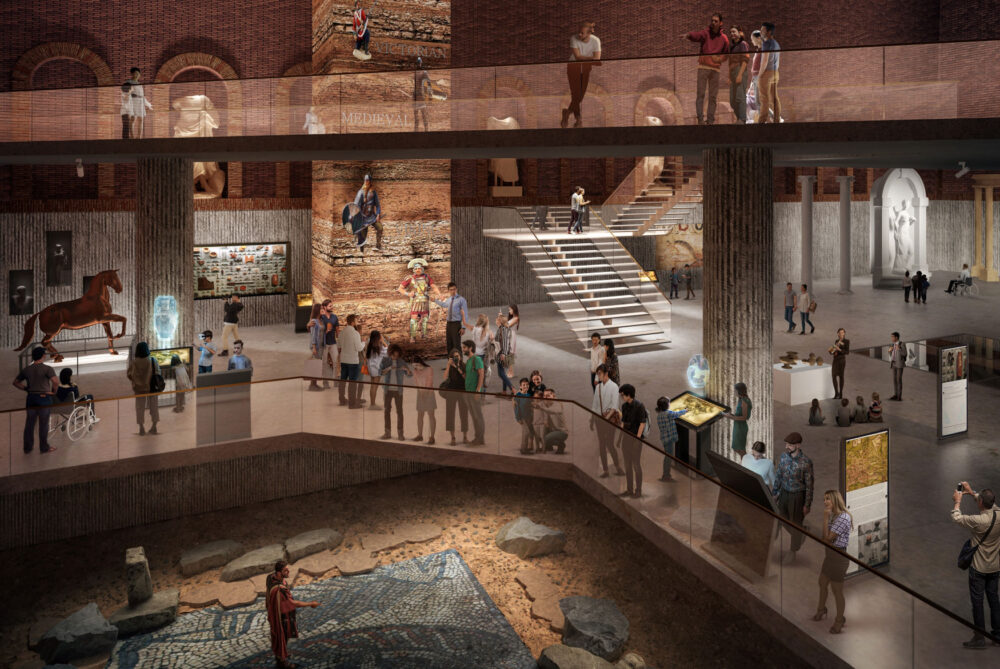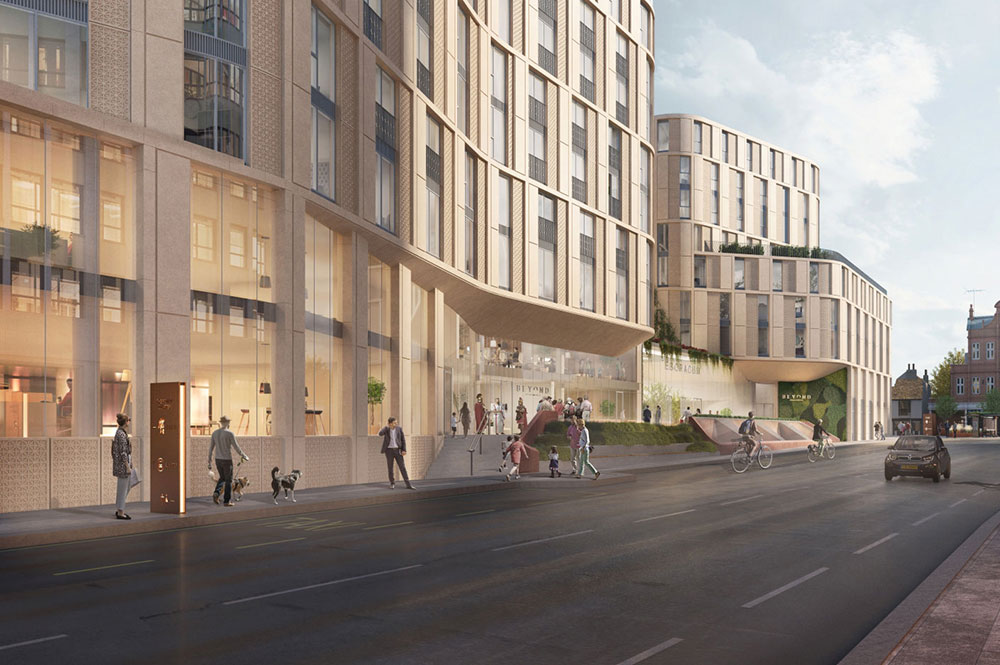The full scale of the financial doubts surrounding a huge development in York have been revealed shortly before planners make a final decision.
Plans for the Roman Quarter on Rougier Street will be considered at a meeting tomorrow (Wednesday). This is the continuation of the meeting which was adjourned on 6 September when councillors learned of the death of the Queen.
The proposals, drawn up by applicants Rougier Street Developments, owners of the site, and York Archaeological Trust, include a Roman museum called Eboracum, an 88-room aparthotel, 153 new apartments and office space.
The council commissioned Stannybrook Property Consultants to conduct a financial viability assessment review (FVAR) of the revised project.
We reported in August the consultants’ verdict, in which Stannybrook said the Roman Quarter development was “financially unviable to deliver”.
Since the previous meeting was adjourned, the full FVAR report has been released.
It says: “The Developer’s Return produced by the scheme without any on-site affordable housing or commuted sum S106 payments is minus 42.78% on GDV i.e. a loss of £28,145,059 without the inclusion of any land value.”
Gross Development Value (or GDV) is the forecast revenue or sale that is anticipated from the completed development scheme.
Section 106 – or S106 – payments are made by the developer to the council as part of their planning obligations. In this case, it would mean the Roman Quarter developers agreeing to make 20% of the housing affordable.
The report goes on: “The analysis set out clearly illustrates that the scheme even without any S106 contributions is undeliverable.
“We therefore conclude that the scheme is not viable even with the removal of all planning obligations.”
‘Big hole’
York heritage campaigner Johnny Hayes says his fear is that City of York Council will grant permission for the development, but it is never completed because of the financial unviability.
He says that could see the current Rougier Street buildings on the site demolished, and the excavation of the site carried out – which Historic England says would cause “a high degree of harm to the archaeology”.
“At that point the scheme is declared unviable and the visitor centre and the original plans are withdrawn and York has a very big hole for many years,” Johnny says.

“But the developers have a planning permission for a very large ten storey building with now no archaeology. So they apply to amend the present approval and build a huge twin tower block with nothing but highly profitable apartments only.
“But now where are the public benefits with no visitor centre?”
‘Massive economic boost’

However, the developers say these fears are totally unfounded – as they are committed to the scheme for the long term.
A spokesperson told YorkMix: “The developers and York Archaeological Trust are committed to the long-term success of the project via a 50-75 year commitment to operate the world class visitor attraction.
“This project is not being undertaken for short or medium term profit. The project is being undertaken with the long term view of attracting in excess of 800K visitors through its doors each year which will enable the project to be viable in the longer term.
“The additional asset classes within the project help fund the attraction, but also complement it – the hotel offering more quality bedroom stock for visitors, the offices offering true Grade A flexible space for York Archaeological Trust and other companies to occupy and the residential apartments enabling young professionals to make that stepping stone from student accommodation to their chosen more permanent home.
“The Roman Quarter will be a massive economic boost for York and the wider area and has been subject to overwhelming support from residents, businesses and stakeholders, as evidenced on the response to the current planning application.”
[tptn_list limit=3 daily=1 hour_range=1]
